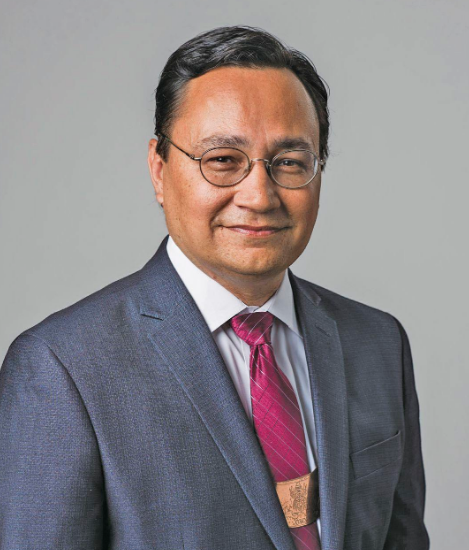Guest Opinion. Preserving the Cherokee language and growing the number of Cherokee speakers are critical to our tribe’s future. My administration and I view this as a top priority. Over the past year, we have enhanced our current language programs and expanded into new areas.

Cherokee Nation has now launched a dedicated language department. All of our language education programs will finally be under the same umbrella, working together seamlessly. These programs include the Cherokee Immersion School, our Translation Department, a team of online and community-based educators, language technology experts, and the Cherokee Language Master Apprentice Program.
Deputy Principal Chief Bryan Warner and I have emphasized cultural preservation and Cherokee history in our first year in office. Creating a new, comprehensive language department is a big part of that mission. The new department will emphasize Cherokee language preservation, as well as generate many more proficient second-language Cherokee speakers. With all language programs housed in one location, those staffers and language learners can share resources and collaborate better to ensure our language not only survives, but thrives.
We’ve added additional staff and brought together a committed, passionate team with a wide breadth of knowledge about the tribe’s heritage and history. Our language team will serve our speakers and learners well, utilizing new and emerging technologies, along with face-to-face and immersive classroom settings.
The home of the language department will be the new Durbin Feeling Language Center, which will be housed on the grounds of the former Cherokee Casino-Tahlequah. That space has recently been used as a staging and distribution center for our emergency food program during the early phases of the COVID-19 crisis. We will use funding from Cherokee Nation Businesses dividends to renovate and repurpose the facility into a world-class language center.
The concept of the new building was part of the Durbin Feeling Language Preservation Act introduced last fall. This legislative act marked the largest single infusion of dollars in history — $16 million — into Cherokee language preservation. The act and the future center are named after master Cherokee linguist and Cherokee National Treasure Durbin Feeling. Among our language experts, he is called the modern-day Sequoyah and remains the single-largest contributor to the contemporary Cherokee language in both spoken and written forms.
Sadly, we know that Cherokee Nation loses about 100 fluent Cherokee speakers per year, and the current global pandemic has been even more taxing and dangerous for our elder speakers. That is why it is so urgent that we execute these new strategies correctly, because we absolutely must preserve the heartbeat of our culture, the Cherokee language.
I look forward to a day when every Cherokee across the globe has at least some understanding of our language, and the number of fluent speakers grows year by year. This bright future will keep our strongest connection to the heart of who we are as a people.
More Stories Like This
Colorado cannot heal until it confronts Sand Creek honestlyNative American Mothers Deserve to Live
Technology Rooted in Tradition is Strengthening Cherokee Nation
The Lumbee Tribe of North Carolina: #575
Tribes Do Not Need a Greenlight to Build Renewable Energy
Help us defend tribal sovereignty.
At Native News Online, our mission is rooted in telling the stories that strengthen sovereignty and uplift Indigenous voices — not just at year’s end, but every single day.
Because of your generosity last year, we were able to keep our reporters on the ground in tribal communities, at national gatherings and in the halls of Congress — covering the issues that matter most to Indian Country: sovereignty, culture, education, health and economic opportunity.
That support sustained us through a tough year in 2025. Now, as we look to the year ahead, we need your help right now to ensure warrior journalism remains strong — reporting that defends tribal sovereignty, amplifies Native truth, and holds power accountable.
 The stakes couldn't be higher. Your support keeps Native voices heard, Native stories told and Native sovereignty defended.
The stakes couldn't be higher. Your support keeps Native voices heard, Native stories told and Native sovereignty defended.
Stand with Warrior Journalism today.
Levi Rickert (Potawatomi), Editor & Publisher
